Readings:
Resistance Grounding System Basics
Electrical Safety for High Resistance Grounded Systems

![]()
The InterNational Electrical Testing Association (NETA) is an association of leading electrical testing companies comprised of visionaries who are committed to advancing the industry’s standards for power system installation and maintenance to ensure the highest level of reliability and safety. It has launched a new revision cycle to update the existing Edition of ANSI/NETA ECS Standard for Electrical Commissioning Specifications for Electrical Power Equipment and Systems. From the standard prospectus:
Scope: It is the purpose of these specifications to assure that tested electrical equipment and systems are operational, are within applicable standards and manufacturer’s tolerances, and are installed in accordance with design specifications.
Project Need: The purpose of these specifications is to assure that tested electrical systems are safe, reliable, and operational; are in conformance with applicable standards and manufacturers’ tolerances; and are installed in accordance with design specifications. These specifications are specifically intended for application on electrical power equipment and systems.
Stakeholders: Commissioning agents, governmental agencies, A&E firms, inspection authorities, owners of facilities that utilize large blocks of electrical energy, electrical testing firms.
This standard is not intended to be submitted for consideration as an ISO, IEC, or ISO/IEC JTC-1 standard.
Revision cycles to other titles in the NETA catalogue:
NETA standards are typically referenced in electrical system construction documents for setting safety criteria before local authorities permit initial system energization and building occupancy. The NETA suite is also among the constellation of consensus documents that set the standard of care for the safety of building electrical systems across the full span of an electrical system life cycle.
We review the NETA catalog jointly with the IEEE Education & Healthcare Facilities Committee which is the locus of the most informed technical and business opinions on customer-owned electrical power generating facilities for the education facilities industry. That committee meets online twice today:
All standards dealing with the #TotalCostofOwnership of distributed electrical energy resources are on the standing agenda of our weekly Open Door teleconferences which are hosted weekly on Wednesday at 11 AM Eastern time. Click here to log in.
Issue:[13-44]
Category: Electrical, Facility Asset Management, #SmartCampus
Colleagues: Mike Anthony, Jim Harvey, Gary Walls, Glenn Keates
Why the “Arbor” in Ann Arbor Michigan?
Other Ways of Knowing Climate Change
Today we walk through literature governing the safety and sustainability of the open space features of education community estates. Unlike the titles for the building envelope, which are known to most design professionals and contractors, the standards for grounds and landscaping are widely scattered; many of them occupational safety related; created, administered and enforced by units of government.
During the fair seasons we examine the moment in landscape, garden, tree and water literature. We also track titles about the reclamation of building roofs for permeable surfaces and gardens.
During the winter months in the northern hemisphere we include snow and ice management; while covering summer month technologies for southern hemisphere (and vice-versa). Snowfalls in the southern hemisphere are mainly contained to the highlands and mountain ranges, which are almost exclusively in Victoria and Southern New South Wales, as well as the mountains in Tasmania. Winter does not pose as much of a cost burden to education facilities in the southern hemisphere as it does in the northern hemisphere.
|
Landscape standards refer to guidelines or regulations that specify the requirements for the design, installation, and maintenance of outdoor spaces such as parks, gardens, streetscapes, and public spaces. Landscape standards typically cover various aspects of landscape design, including vegetation selection, planting arrangements, irrigation systems, hardscape materials, and lighting. These standards may be set by government agencies at the federal, state, or local level, or by professional organizations such as the American Society of Landscape Architects (ASLA). Landscape standards aim to ensure that outdoor spaces are safe, functional, and aesthetically pleasing while also promoting sustainability and environmental protection. Landscape standards may also address issues such as accessibility for people with disabilities, water conservation, stormwater management, and erosion control. They may vary depending on the specific location, climate, and intended use of the outdoor space. Compliance with landscape standards may be required for approval of development projects, public funding, or other permits. |
We track the standards catalog of two ANSI-accredited standards developers:
Tree Care Industry Association
Additional practice titles applicable to accessory systems:
ASABE/ICC 802 Landscape Irrigation Sprinkler and Emitter Standard
National Electrical Code: Article 411 Low-Voltage Lighting
National Electrical Code: Article 225: Outside Branch Circuits and Feeders
Illumination Engineering Society (Lighting Library)
Land F/X: Landscape Lighting, Codes, Guidelines and Techniques
OSHA Landscape and Horticultural Services
As a cross-cutting subject involving soil and water and sun many other standards developers, and all levels of government, produce best practice literature for today’s topic. We’ll have a look at what’s moving among those.
To join us use the login credentials at the upper right of our home page.

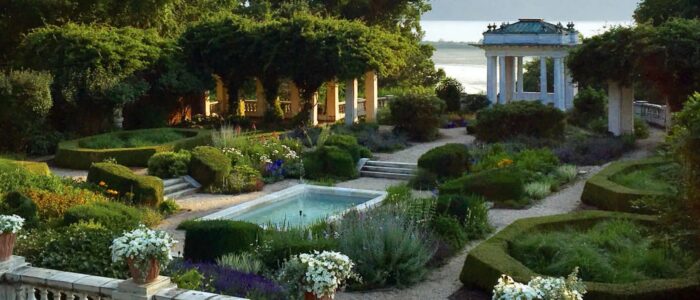
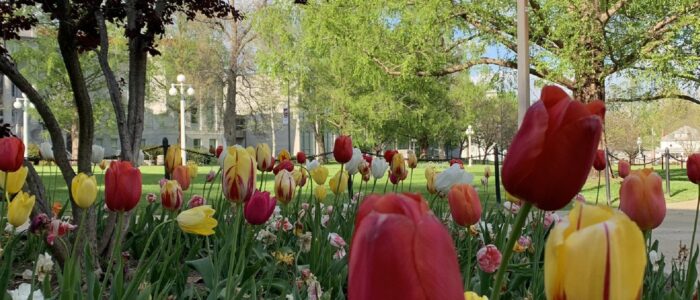
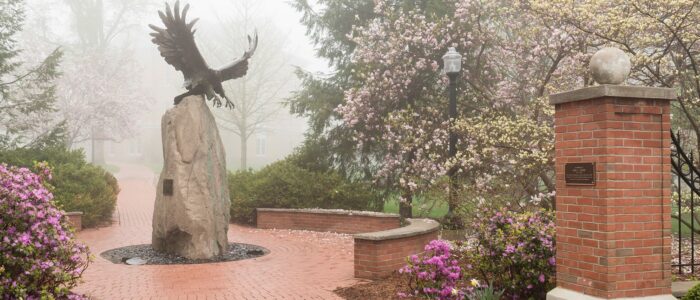
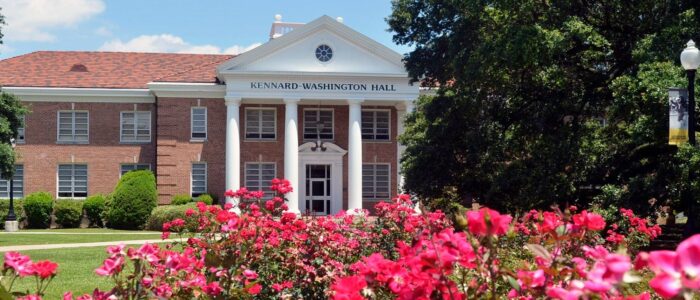
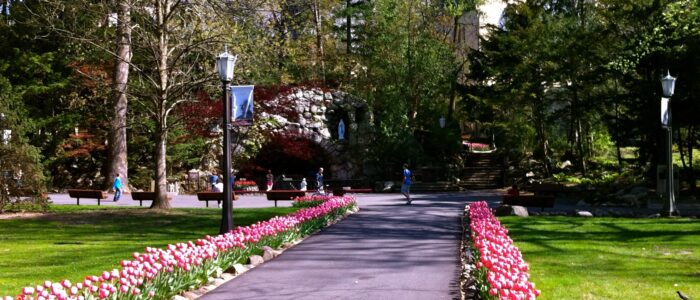
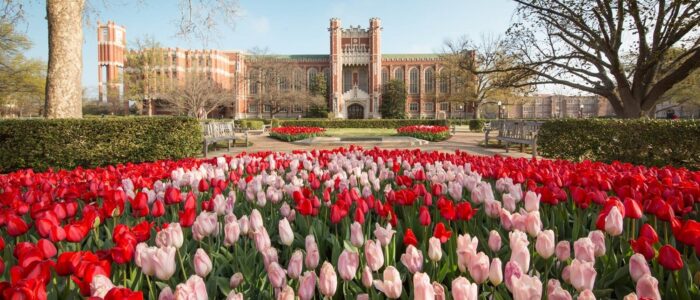
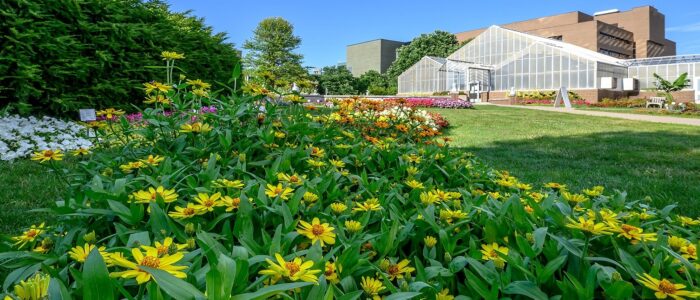
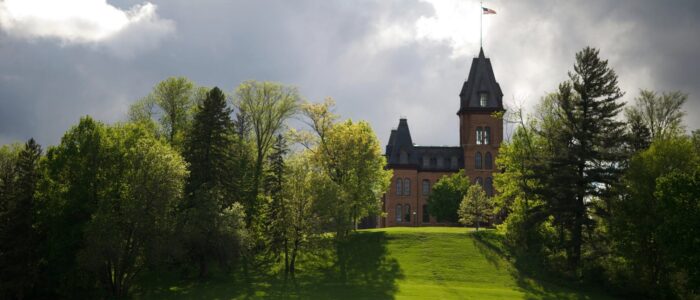
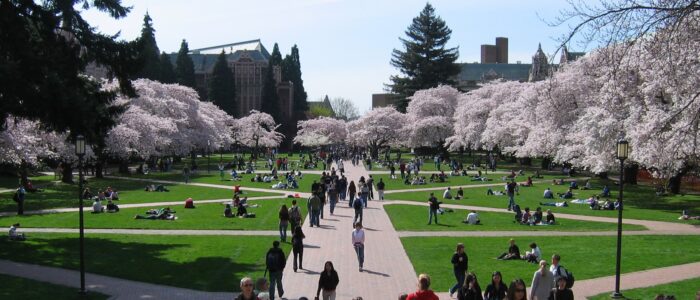
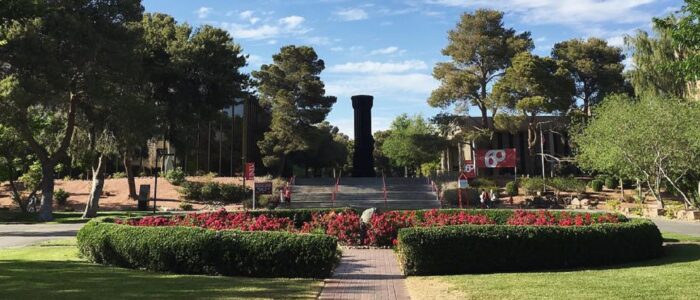
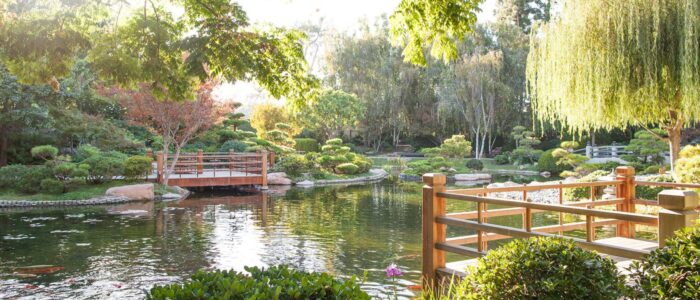
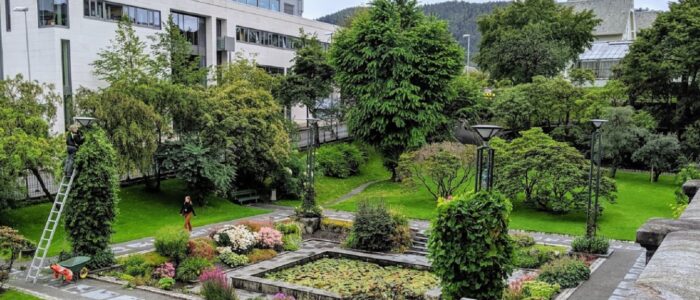
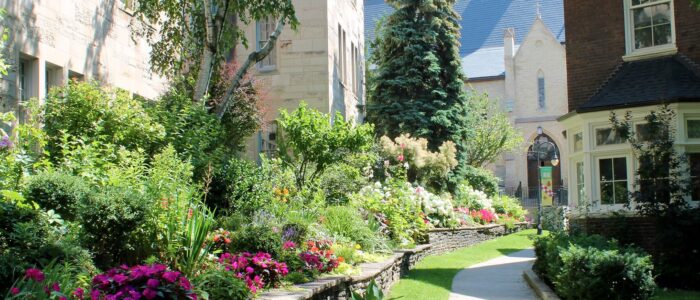
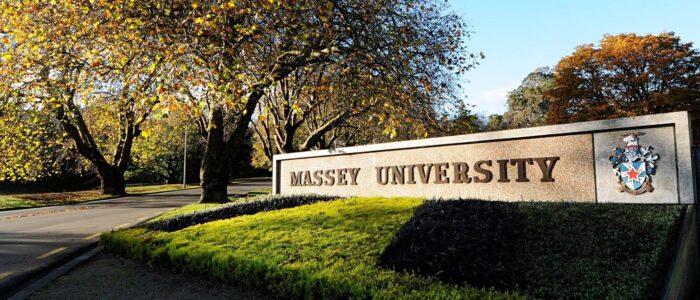
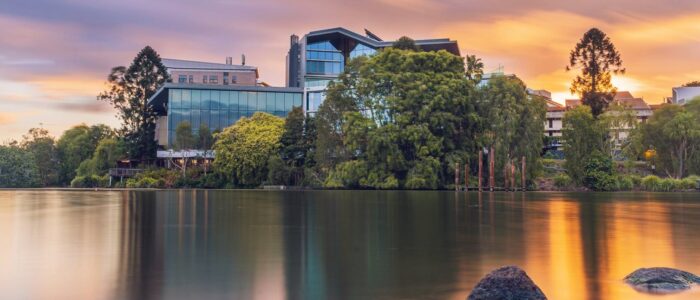
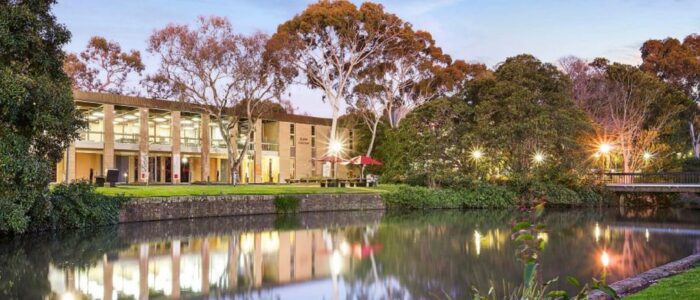
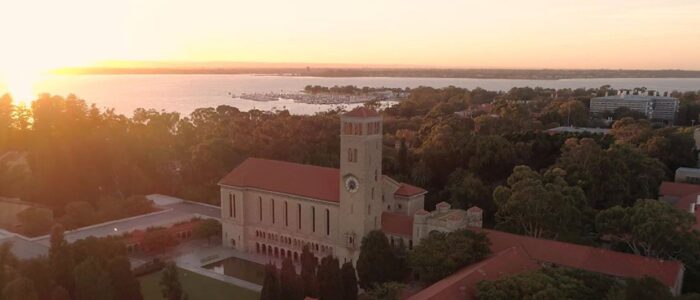
Nothing evokes the ancestral blood memory of a man quite like a photo of a peasant girl with goats pic.twitter.com/2hSTF5CcW6
— miss white (@cinecitta2030) July 13, 2025
University of Virginia Landscape Services
Garden Club of Virginia Virtual Tour April 2020
Jefferson’s Plan for an Academical Village
Members of #UVA28 and transfer students assembled on the Lawn for Opening Convocation this evening. They heard from @presjimryan and student leaders before signing the Honor Code, promising not to lie, cheat or steal while at UVA. pic.twitter.com/Z0QhGFNyA8
— UVA (@UVA) August 26, 2024
This content is accessible to paid subscribers. To view it please enter your password below or send mike@standardsmichigan.com a request for subscription details.
After architectural trades, the mechanical technologies occupy the largest part of building construction:
Our examination of the movement in best practice in the mechanical disciplines usually requires an understanding of first principles that appear in the International Building Code
2024 International Mechanical Code
Current Code Development Cycles (2024-2026)
2024/2025/2026 Code Development Schedule
| “On the Mechanical Equivalent of Heat” | 1850 James Prescott Joule | Proceedings of the Royal Society of London |
Representative Design Guidelines:
US Department of Energy: Sandia National Laboratories
Related:
ICC Releases 2024 International Codes
We are waiting for the link to the Complete Monograph for the Group A cycle in which one of our proposals (Chapter 27 Electrical) will be heard at the April 2023 Committee Action Hearings in Orlando.
Superceded:
Because of the larger, disruptive concepts usually require more than one revision cycle — i.e. 3 to 9 years — it is wise to track those ideas in the transcripts of public hearings on the revisions. For example, the ICC Group A Committee Action Hearings were completed (virtually) in May 2021. The complete monograph of proposals is linked below:
2021 Group A Complete Proposed Changes
Transcript of committee response is linked below:
2021 REPORT OF THE COMMITTEE ACTION HEARINGS ON THE 2021 EDITIONS OF THE GROUP A INTERNATIONAL CODES
A sample of the topics that need attention that involve the mechanical disciplines (e.g. energy, environmental air, water) :
There are others ideas that can be tracked in the most recent Group B Hearings included April 6th:
Proposals for the 2024 IMC revision will be accepted until January 7, 2024. We maintain this title among our core titles during our periodic Mechanical teleconferences. See our CALENDAR for the next online meeting; open to everyone.

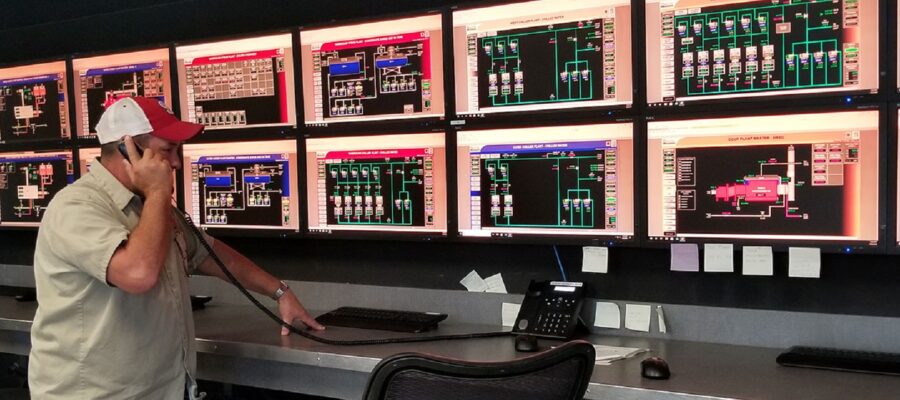
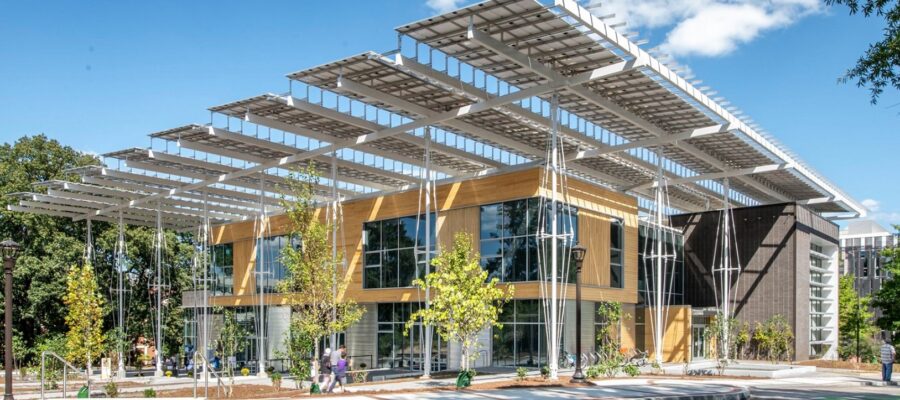
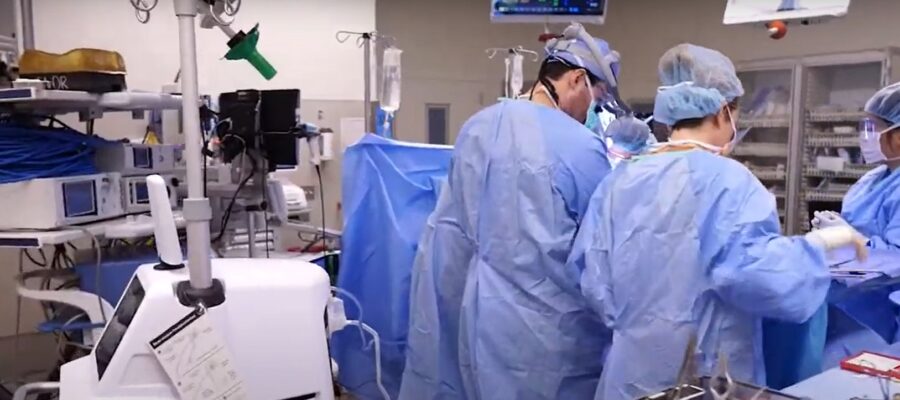

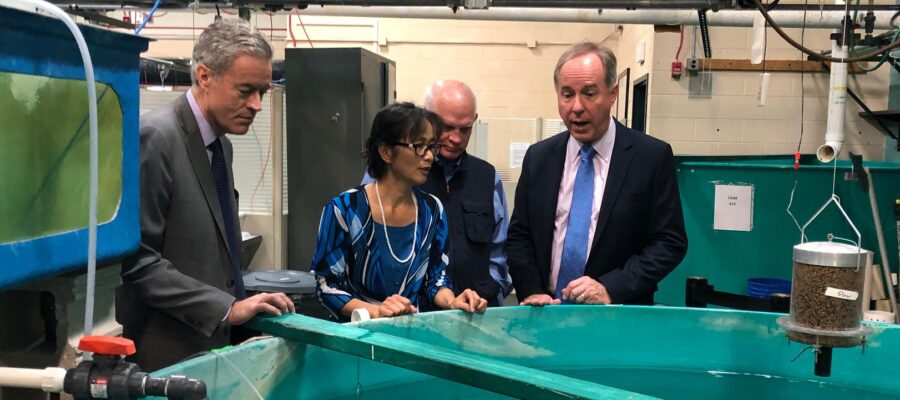

2024/2025/2026 ICC CODE DEVELOPMENT SCHEDULE
Issue: [Various]
Colleagues: Mike Anthony, Richard Robben, Larry Spielvogel
Group A includes the following codes:
ICC Code Development Process: Important Links
ASME Proposals Available For Public Review
April 2023 Proposed Revisions for SME A13.1 – Scheme for the Identification of Piping Systems | Comment period End Date 20 June 2023
National Electrical Code: Article 110 Part V, Tunnel Installations over 1000 V, Nominal
NFPA 350: Guide for Safe Confined Space Entry and Work (Public input close date: January 7, 2025)
More
University of Michigan Steam Tunnel Design Guidelines
University of California Riverside Utility Tunnel Safety Program
New update alert! The 2022 update to the Trademark Assignment Dataset is now available online. Find 1.29 million trademark assignments, involving 2.28 million unique trademark properties issued by the USPTO between March 1952 and January 2023: https://t.co/njrDAbSpwB pic.twitter.com/GkAXrHoQ9T
— USPTO (@uspto) July 13, 2023
Standards Michigan Group, LLC
2723 South State Street | Suite 150
Ann Arbor, MI 48104 USA
888-746-3670
